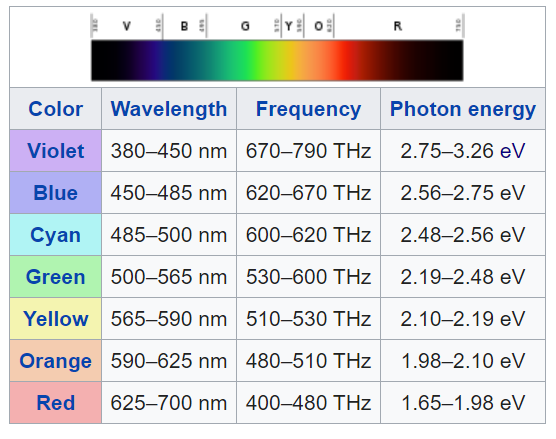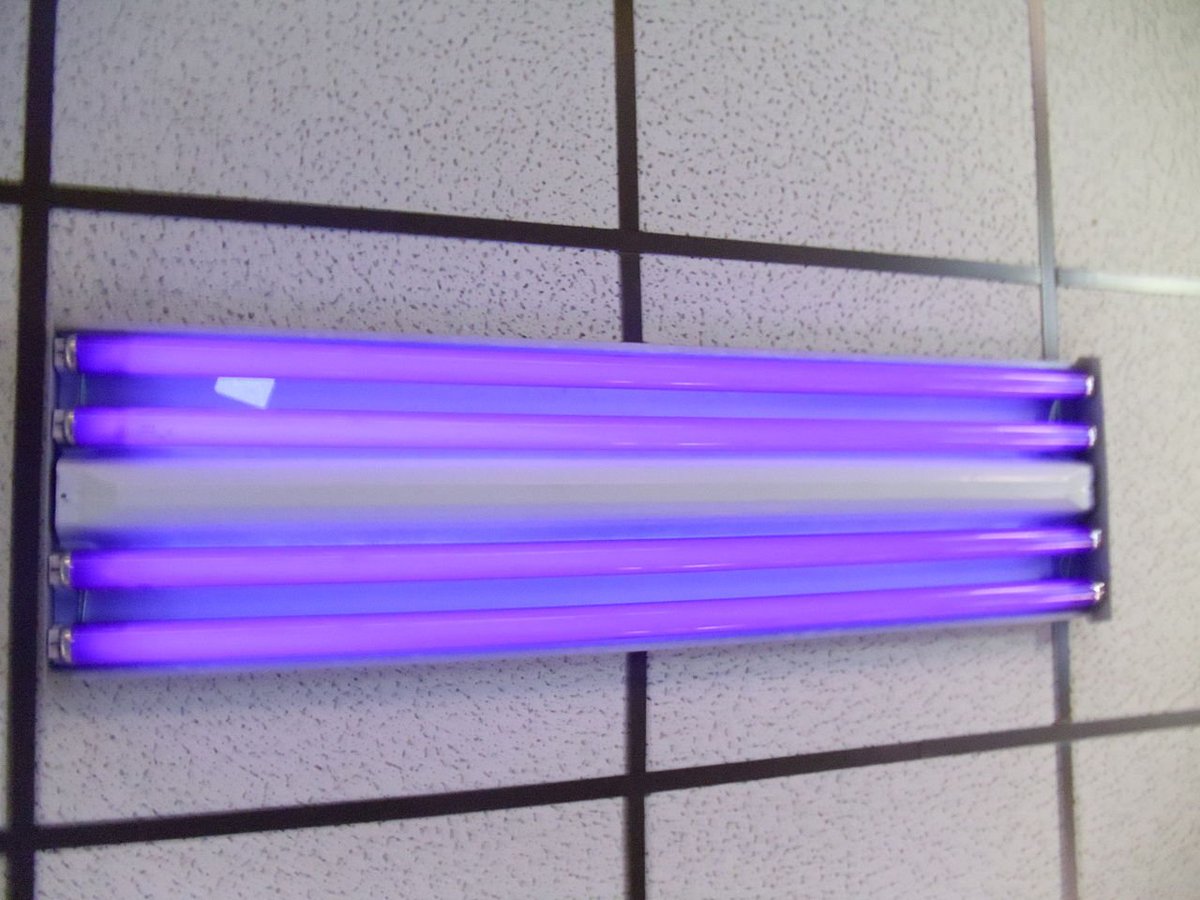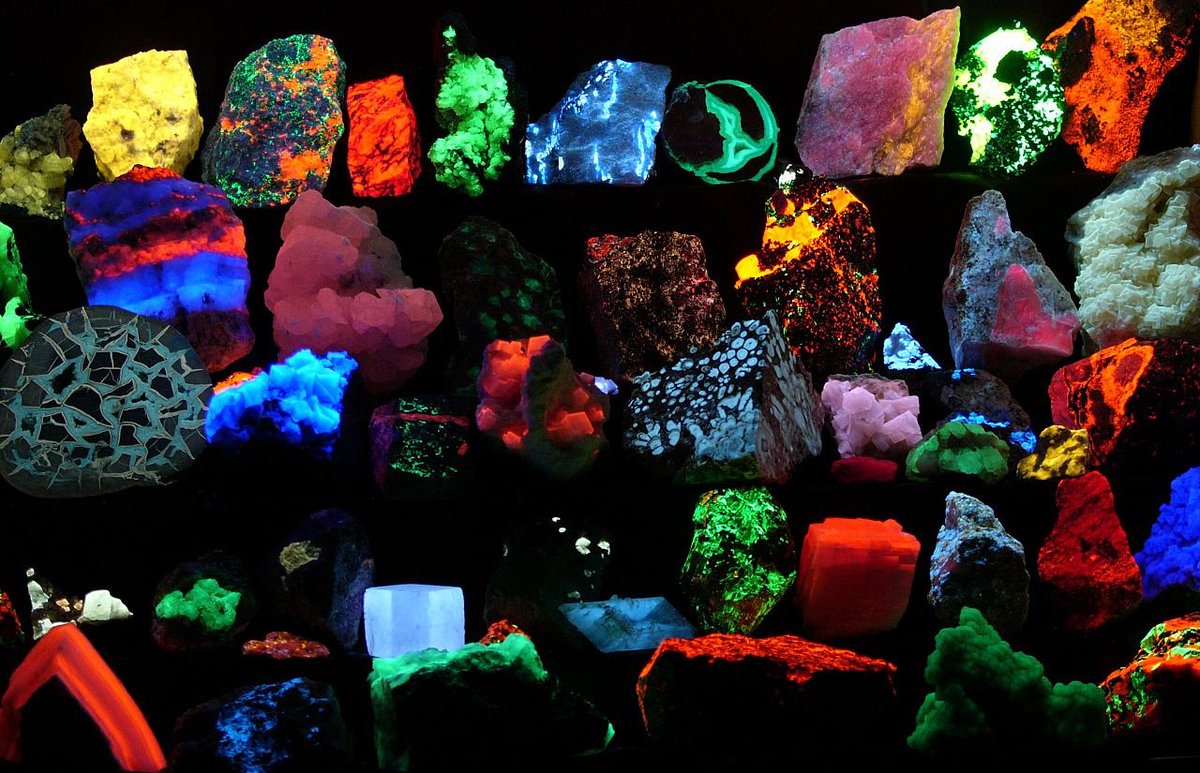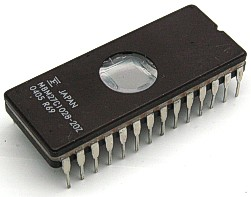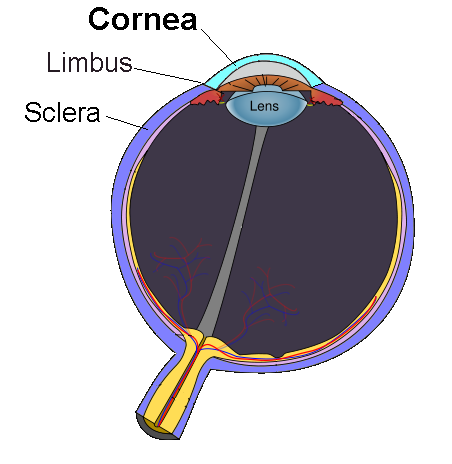But it turns out this isn't the ultraviolet that you're seeing.
See, the light produced by the bulb isn't perfectly monochromatic UV. Blacklights are in the UV-A range, which is 315 - 400 nm. The human vision range is 380-nm to 700nm.
There's a little overlap there, between the high UVA and the low end of human vision...
And there's multiple types of ultraviolet lights, but the kinds used in blacklights peak at 370nm or 340nm
so while most of the light coming out of the bulb is in the invisible UV range, some of the light is a bit higher up in the spectrum, which makes it slightly into the visible violet range.
So the light you see from UV lights is either the not-UV light it produces as a side effect, or something else fluorescing.
because that's the whole point of UV lights: they make materials fluoresce, which is when they absorb energy and then re-emit it at a different frequency... which is in the visible range.
FUN FACT ABOUT FLORESCENT TUBES:
So you know how blacklights are usually florescent tubes, rather than LEDs or incandescent bulbs?
this is because florescent tubes (at least the mercury kind) are inherently blacklights. They ALL make UV.
a UV light isn't terrible useful, so the inside of the tube is coated with a phosphor which absorbs the UV and re-emits it at the color intended, usually some temperature of white.
This is why fluorescent lighting can erase EPROMs in computers: They're erased by UVC light, and a very small amount of the UV light produced by fluorescent tubes is the dangerous UVC kind.
so if you have a computer with EPROMs that aren't covered by a sticker, and fluorescent lighting, they'll get erased... in about two years. yeah, there's not much UVC in fluorescent lighting.
(and you can tell that because we're not all dying of skin cancer while crying from the sunburns on our eyes)
so in a way it's easier to make a blacklight than a regular white fluorescent tube.
It's not exactly that simple, though, there is some coating on the tube to block some of the violet light
since you want your blacklight to have as little visible light as possible, for greater contrast.
but if you had a monochromatic UV light (like, say, a laser), you wouldn't be able to see it. it would be completely invisible!
... kinda.
See the other thing about this is that UV light is easily blocked by glass, or many other transparent surfaces.
This is why you can sit outside for an hour on a sunny day and get a sunburn, but you don't get it from sitting in front of a window /in a car on a sunny day
And you're always seeing through transparent surfaces.
No, not just glasses or contacts, if you wear them.
Your cornea.
The Cornea is the front part of the eye, which is a fixed-focus lens to let you... focus.
(This is confusing to talk about, and gets worse because your eye also has another lens, called the "lens")
But it turns out the reason you can't see UV light is that it gets filtered out in the cornea, not because it doesn't trigger your retina's rods and cones. So it's "visible", except you always have a filter to stop it.
EXCEPT... not always. Some people have aphakia, where you don't have a cornea.
This can happen because of injury, cataract surgery, or rarely because of birth defects.
naturally this really messes up your vision, making you very far-sighted with no ability to focus, but it also often means that your vision now extends into the ultraviolet.
You can see a whitish-blue/whitish-violet color you couldn't see before.
So yeah, to sum up: UV light is invisible, but we often "see" it because we see the nearby visible violet light emitted by imperfect UV lights.
And the truly invisible UV light isn't really invisible, just filtered out by a filter we (almost) all have.
anyway the subject that originally made me jump into this, and a handy helpful tip:
Because we can't see UV light, we can't see which type of UV light it is, and that's important.
UV A is almost completely harmless blacklights.
UV B can give you a sun tan or sun burn
UV C will sterilize surfaces and give you skin cancer
so if you have some kind of violet-ish fluorescent tube and you aren't sure which type it is, try not to expose your skin (or worse, eyes) to it.
BTW, the fact that we can't see UV has been exploited by scammers in the last year.
UV C is great at sterilizing because it rips apart DNA, meaning you can shine it on surfaces and kill bacteria and viruses.
Now why would anyone want to kill viruses on surfaces in the last year?
So there've been a lot of products coming out which are cheap UV sterilizing lamps.
Some of them are just UV A, meaning they're just blacklights, so they're useless for sterilizing.
but even worse, some of them are not even UV lights at all.
They're just violet LEDs!
it's almost an "emperor's new clothes" sort of product.
"oh yeah, this thing is definitely putting out the sterilizing light, but you can't see it. We promise it is doing it, though."
Big Clive on youtube has been tearing down and testing a lot of these UV lights, and here's the one that turned out to just be purple LEDs:
https://t.co/gQDZTNiOWa
and here's the awesome follow-up video which shows how you can confirm your UVC light is really UVC:
SUNBURN A BANANA
https://t.co/OZXynq1q0v
and here's the thread where I got my own UVC lamp and similarly sunburned a banana:
https://t.co/EKND2xiUAe
a rough & easy guideline if you want to buy one: get one with a fluorescent tube.
UV LEDs do exist but they're relatively expensive, and UV tubes have been around for a while and are comparatively cheap.
so if you're making a fake UVC light you're probably going to make it an LED one because those are cheaper to make.
the UV tubes are more likely to be real because fake tubes wouldn't be much cheaper.
but when in doubt: BANANAS
I'm obsessed with these cargo-cult UVC lights.
they don't replicate the functionality, but they do replicate the look.
